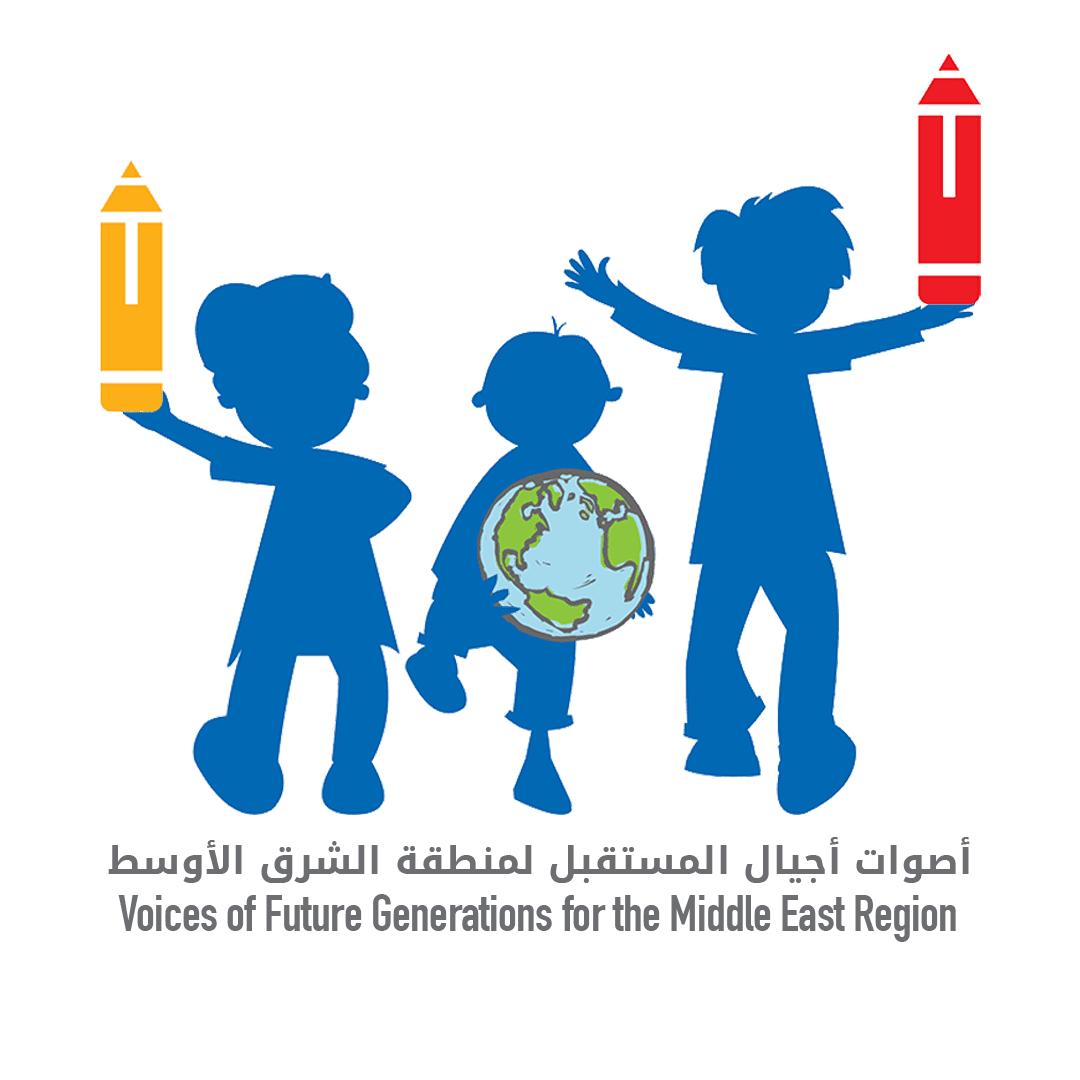As we honor the International Day of the World's Indigenous Peoples today, it's an opportune moment to celebrate the vibrant cultures and languages that enrich our world. One remarkable way to do this is by diving into the pages of "Finding the Language," a captivating book written
by Indigenous child author Adelyn Sophie Newman-Ting. This enchanting story not only entertains but also educates young readers about the vital connection between language, land, and cultural preservation.
A Magical Adventure Awaits
In "Finding the Language," we follow the endearing characters of Kesugilakw (Kesu) and Bob, who have shared a deep friendship since infancy. Their journey begins as they venture into the forest, a place that transforms into a realm of magic and wonder. Here, they encounter gwa’wiña, a raven, and u’ligaan, a wise wolf. Both animals can speak and understand the children, making for a profound and enlightening dialogue. The narrative unfolds as gwa’wiña and u’ligaan reveal to Kesu and Bob the critical role the land plays in creating Indigenous languages and the looming threats to both. Through these conversations, readers are introduced to the idea that languages and lands are not just cultural artifacts but vital components of the Indigenous identity that need safeguarding.
Empowering the Next Generation
Adelyn Newman-Ting’s storytelling brilliance shines as Kesu, Bob, gwa’wiña, and u’ligaan collaborate to raise awareness among their community's children. They come together to educate their peers about the Sustainable Development Goals (SDGs) set forth by the United Nations, particularly Goals 4 and 13. Goal 4 emphasizes the need for inclusive, equitable, and high-quality education, while Goal 13 urges us to combat climate change and its impacts. This aspect of the story highlights the importance of global awareness and action, showing young readers how they can contribute to these critical goals. By intertwining the narrative with the United Nations Declaration on the Rights of Indigenous Peoples, Adelyn not only honors
these rights but also empowers children to recognize and advocate for the preservation of Indigenous languages and lands.
Cultural and Linguistic Richness
What sets "Finding the Language" apart is its use of Kwakwala, an Indigenous language, which Adelyn weaves seamlessly into the story. This linguistic inclusion serves to immerse readers in the cultural richness and beauty of the language, fostering a deeper appreciation and understanding. Through this integration, Adelyn emphasizes the significance of language preservation and the cultural heritage that it represents.
A Call to Action
"Finding the Language" is more than just a book; it is a powerful tool for education and advocacy. It encourages readers, especially young ones, to reflect on the importance of preserving both Indigenous languages and the natural world. The story’s message resonates with the spirit of the International Day of the World's Indigenous Peoples by highlighting the intertwined fates of language, land, and identity. As we celebrate today, let us take inspiration from Adelyn Sophie Newman-Ting’s heartfelt work and remember that each of us has a role to play in supporting and preserving the rich tapestry of Indigenous cultures and languages. "Finding the Language" is a wonderful starting point for anyone seeking to understand and appreciate the profound connections between our world’s diverse cultures and the natural environment that sustains them.
By exploring and sharing stories like this, we contribute to a global conversation about respect, preservation, and action—a conversation that must continue every day of the year.
Link to the book: https://www.vofg.org/findinglanguage
About the author:
Adelyn “Addy” Sophie Newman-Ting is the junior editor of Harmony Online Journal and a student of St Micheal’s University School in Victoria, British Columbia. She is a gold award-winning Indigenous Child Author of ‘Finding the Language’ in the Voices of Future Generations Children’s Initiative. On her father’s side, she is Kwakwaka’wakw and Coast Salish Indigenous, as well as English, Irish, and Scottish, and on her mother’s side, she is Chinese from Taiwan. Her Indigenous name is Kesugilakw meaning leader of people, and her Chinese name is Ting Li-Wen meaning pretty flower cloud. Addy enjoys dancing, baking, jump roping, and singing. She is also an avid reader, writer, and artist, who loves to spend time with her puppy Harriet. Addy hopes that her book will raise awareness for the climate, and the importance of saving Indigenous languages and cultures.

